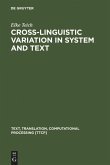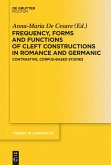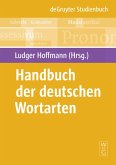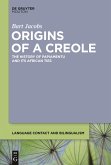The essays in this volume, dating from 1991 onwards, focus on highly characteristic constructions of English, Romance languages, and German.
Among clause-internal structures, the most puzzling are English double objects, particle constructions, and non-finite complementation (infinitives, participles and gerunds). Separate chapters in Part I offer relatively complete analyses of each. These analyses are integrated into the framework of Emonds (2000), wherein a simplified subcategorization theory fully expresses complement selection. Principal results of that framework constitute the initial essay of Part I. areas.
The self-contained essays can all be read separately. They are rich in empirical documentation, and yet in all of them, solutions are constructed around a coherent, relatively simple theoretical core.
In Romance languages, classic generative debates have singled out clitic and causative constructions as the most challenging. Separate essays in Part II lay out the often complex paradigms and propose detailed syntactic solutions, simple in their overall architecture yet rich in detailed predictions.
Concerning movements to clausal edges, especially controversial topics include passives, English parasitic gaps, and the nature of verb-second systems exemplified by German.. The essays in Part III each use rather surprising but still theoretically constrained structural accounts to solve thorny problems in all three.
Among clause-internal structures, the most puzzling are English double objects, particle constructions, and non-finite complementation (infinitives, participles and gerunds). Separate chapters in Part I offer relatively complete analyses of each. These analyses are integrated into the framework of Emonds (2000), wherein a simplified subcategorization theory fully expresses complement selection. Principal results of that framework constitute the initial essay of Part I. areas.
The self-contained essays can all be read separately. They are rich in empirical documentation, and yet in all of them, solutions are constructed around a coherent, relatively simple theoretical core.
In Romance languages, classic generative debates have singled out clitic and causative constructions as the most challenging. Separate essays in Part II lay out the often complex paradigms and propose detailed syntactic solutions, simple in their overall architecture yet rich in detailed predictions.
Concerning movements to clausal edges, especially controversial topics include passives, English parasitic gaps, and the nature of verb-second systems exemplified by German.. The essays in Part III each use rather surprising but still theoretically constrained structural accounts to solve thorny problems in all three.








